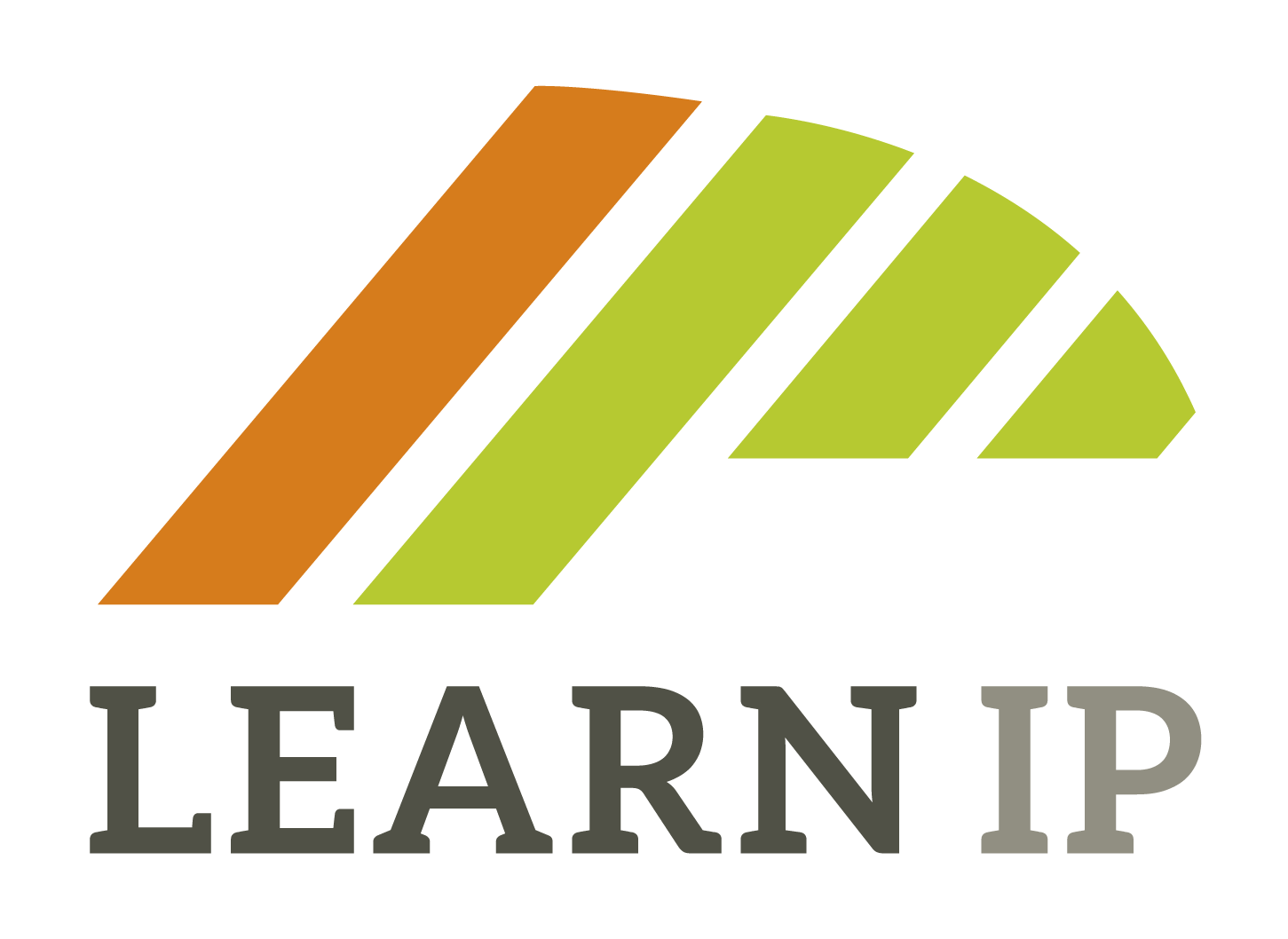Additional training material
The Greek University Network GUnet offers a course on “Intellectual Property and Open Courses – Open Educational Resources” which is addressed to those involved in the development of educational content, i.e. both teaching and support staff.
This digital course deals with the issues of Intellectual Property Rights (D.P.I.) in relation to open courses and open educational resources. The guidelines have been drafted in order to support the institutional actions of “Open Academic Courses” which aim at the development of open and accessible educational content.
Initially drafted in Greek language, an attached translation tool allows translations into many language. Learn more:
GUnet OpenCourses | Intellectual Property and Open…
Additional resources
In the LEARN-IP Handbook for Trainers a collection of links and further reading is presented.
The FLIP/CreativesUnite IP tool is, basically, a database of CCI-dedicated IP tools from around Europe, developed by various initiatives. Apart from the filter-able dataset, it also includes several tips about intellectual property and inspiring stories. The aim is to make these tools and information more easily-accessible to European creatives.
Check it out: https://creativesunite.eu/myip/
Background reading
The European Commission has proposed a first-ever framework to protect the intellectual property for craft and industrial products that rely on the originality and authenticity of traditional practices from their regions. This framework will cover products such as Murano glass, Donegal tweed, Porcelaine de Limoges, Solingen cutlery and Boleslawiec pottery. While these products benefit from a European and sometimes global reputation and standing, producers have so far lacked an EU indication protection linking their products’ origin and reputation to their quality.
The so called “Intellectual Property Action Plan” of the European Commission is a most relevant background document which shows the path for benefitting from IPRs. It is available in all languages of the EU Member States:
LEARN-IP is in line with the Guidance on the Directive on the Enforcement of IPR of the European Commission, which clearly identified the importance of IPR as a European topic: “In a world where EU companies are increasingly competing on innovation, creativity and quality, intellectual property (‘IP’) is a powerful tool for growing the competitiveness of all companies.” (2017).
(https://ec.europa.eu/docsroom/documents/26582)
According to a study carried out for the European Patent Office (EPO) and the Office for Harmonisation in the Internal Market (OHIM), IPR – intensive industries generate nearly 30% of employment and almost 45% of economic activity in the EU with 22% in trade-mark-intensive industries, 14% in design-intensive industries, 11% in patent-intensive industries, 5.5% in copyright-intensive industries, and smaller proportions in Geographical Indications-intensive industries
(IPR-Intensive Industries and Economic Performance in the European Union – Industry-Level Analysis Report, September 2019, third edition. A joint project between the European Patent Office and the European Union Intellectual Property Office.)
Related to that, the European report “Access to Finance” states: “These figures are part of a growing evidence base showing that economic production is undergoing a fundamental transformation. Whereas in the industrial economy most investment was in tangible assets and tangibles were driving growth, in today’s creative economy intangible assets are the main objects of investment, sources of value and drivers of growth”.
(“Good Practice Report – Towards More Efficient Financial Ecosystems: Innovative Instruments to Facilitate for the Cultural and Creative Sectors (CCS)”, page 8, European Union 2016)
“The marketing of artisanal products also represents a way for communities to strengthen their cultural identity and contribute to cultural diversity. IP can assist in differentiating artisanal products and handicrafts, certifying their origin, or by combating the passing off of fake products as “authentic.”
(WIPO.2020. Intellectual Property and Genetic Resources, Traditional Knowledge and Traditional Cultural Expressions, p. 26)
“IP can enable communities to commercialize their tradition-based creations, should they wish to do so, and to exclude free-riding competitors. Communities may thus use their IP to exercise control over how their traditional cultural expressions are used, and to defend against insensitive and degrading use of traditional expressions.”
(WIPO.2020. Intellectual Property and Genetic Resources, Traditional Knowledge and Traditional Cultural Expressions, p. 26)
INTERNATIONAL TRADE CENTRE UNCTAD/WTO (ITC)
WORLD INTELLECTUAL PROPERTY ORGANIZATION (WIPO)
“Marketing Crafts and Visual Arts: The Role of Intellectual Property: A practical guide”
Geneva: ITC/WIPO, 2003. xiii, 135 p.
The purpose of this Guide is to provide basic knowledge and understanding of marketing techniques and of intellectual property (IP) to artisans, craft entrepreneurs and visual artists, to enhance the chances of their business success. It seeks to indicate why, which, what, where, when, whether and how consideration ought to be given to the effective management of IP assets by using IP tools for successful marketing of craft and visual art products.
The Guide is available in English, French, Spanish.
A download of the English version is available here

